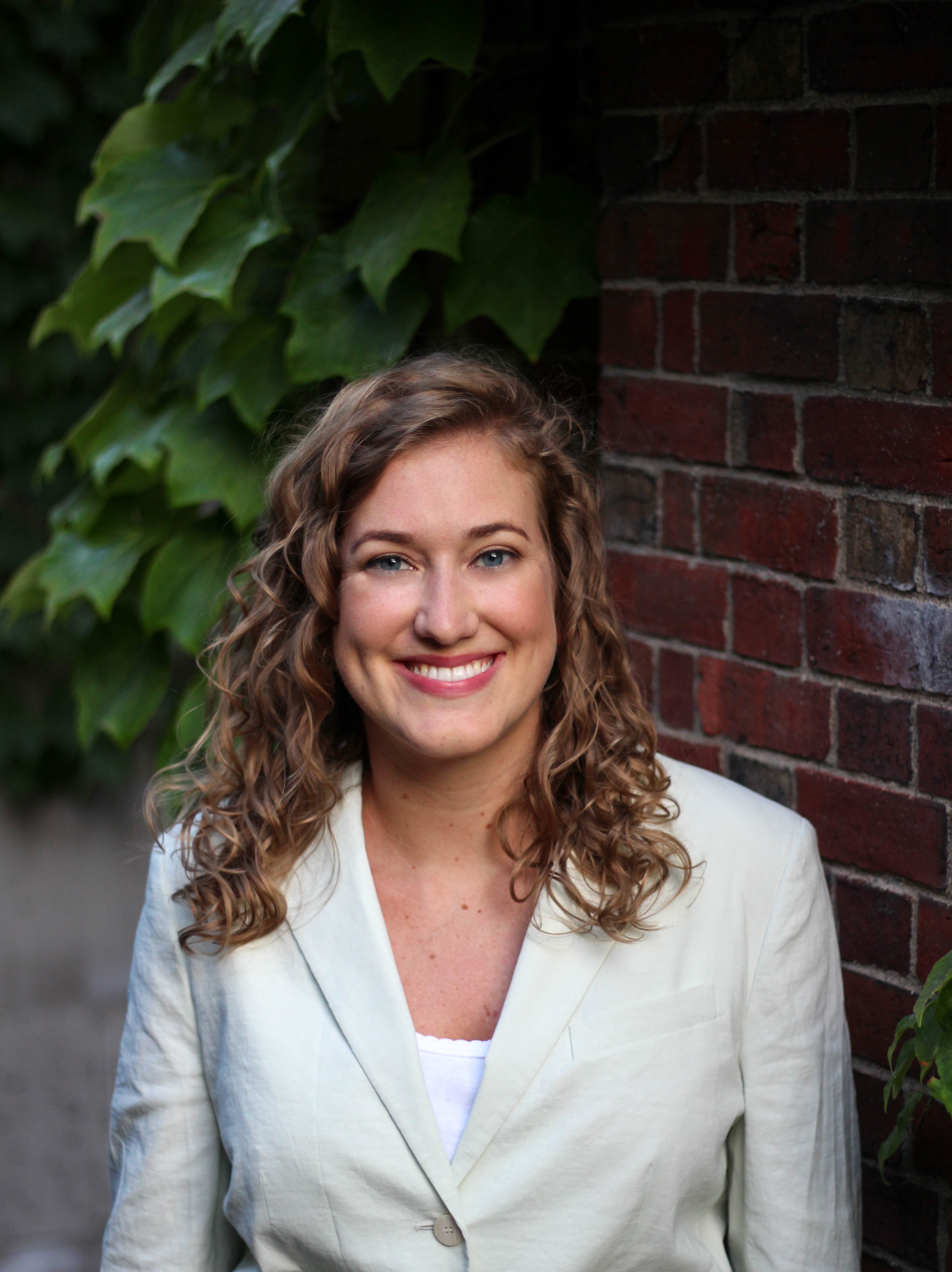
Every day, we encounter false claims that range from silly (e.g., We use 10% of our brains) to dangerous (e.g., Drinking bleach kills coronavirus). How do we know what to believe? In the first half of this talk, a three-part model of how people judge truth will be put forth. First, most content encountered in daily life is mundane and true. Reflecting this base rate, we develop a modest bias to accept claims. Second, our own feelings convey useful information, so we often “go with our guts.” Assertions that feel easy to process, or fluent, seem true. Negative affect may disengage people from these biases and heuristics. Third, we can draw on our own memories, but often must be prompted to do so.
Retrieving factual knowledge and cues about a source’s credibility helps us reject misinformation, but also takes up time and cognitive resources. In the second half of the talk we apply this logic to the question of why older adults share seven times more fake news stories than their young counterparts. Cognitive declines cannot fully explain their vulnerability – interventions in a ‘post-truth world’ must also consider older adults’ shifting social goals and gaps in their digital literacy. Together, this work suggests ways to cope in the current climate of misinformation, where falsehoods travel further and faster than the truth.
Bio:
Nadia Brashier is an assistant professor of psychological sciences at Purdue University. She studies memory and judgment across the lifespan, with a specific focus on cognitive “shortcuts” people use to evaluate truth. Her research identifies why young and older adults fall for fake news and misinformation. She previously completed an NIH Postdoctoral Fellowship at Harvard University and earned her Ph.D. at Duke University.
To request accommodations for a disability please contact Jean Butcher, butcher@princeton.edu, at least one week prior to the event.
This seminar will not be recorded.

